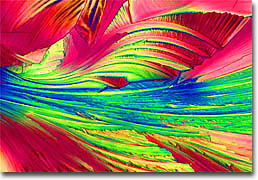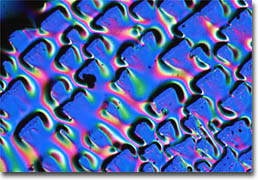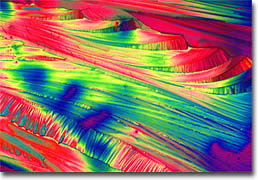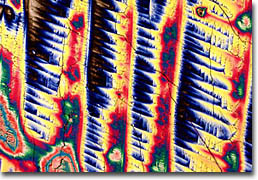|
Wine is an alcoholic beverage that is usually produced through the fermentation of grapes. However, the Latin proverb in vino veritas, which means "in wine, truth," serves as a reminder that drinking wine does not simply quench one's thirst, but is rather a deep-seated social ritual that may result in more candor than is normally expressed. The history of winemaking (and wine drinking) extends back many millennia, most experts believing that viniculture began around 4000 BC in the Middle East. A number of other ancient peoples, including the Egyptians, Minoans, Greeks, Etruscans, and Romans were actively engaged in the process as well, though perhaps from a somewhat later date, the earliest Egyptian references to wine dating back to about 2,500 BC. The vast expansion of the Roman Empire thousands of years later was largely responsible for introducing the practice into many other areas, including Germany, Austria, and France, which would eventually become the country best known for its production of high quality wines. Similarly, the travels of Columbus and other explorers introduced winemaking to the Americas, Australia, and South Africa.

Rosé
Most common wines can be divided into several different classes, which are not necessarily mutually exclusive, a particular wine sometimes falling into more than one category. There are, for instance, appetizer wines, red wines, white wines, and sparkling wines (or champagnes). In addition, there are also dessert wines, table wines, and fortified wines. Knowing the differences between these classes can be important since mixing wines or using the inappropriate wine is deemed barbaric in some cultural settings. Furthermore, each class of wine typically contains many different generic types that have been introduced over the years. Names such as champagne, chablis, and burgundy that are commonly used in the United States are, however, derived from the district in which the wine type was originally produced, and are still associated with those locations in most other countries. Thus, Americans may purchase many different brands of champagne produced in various places around the world, but in Europe, champagne is generally only considered to be produced in France and similar beverages generated in different areas are considered sparkling wines.

Champagne
Almost all wines are made from a single species of grape, Vitis vinifera. Yet, over 4000 different varieties of the fruit have reportedly been developed from this single species, although only a fraction of these are commonly utilized to make wine. The principal grape variety used in producing wines is considered very important in wine selection. For example, a California burgundy or chablis wine can be made with many different combinations of grapes. Each combination produces a unique "blend" that gives different characteristics to the wine's flavor but retains the overall balance and quality of the wine. Traditional European burgundies, however, are not blended, the red varieties being produced solely from pinot noir grapes and white burgundies being derived from chardonnay. Some wines, however, are not produced from grapes at all, but are rather formed from the fermentation of other fruits, such as cherries, peaches, and berries, as well as dandelions, potatoes, and a number of other materials. These wines, which are sometimes referred to as country wines, are usually required to be labeled with a qualifier that denotes their source.

Chablis
In addition to their place of origin and the type of grape or other material they are fermented from, wines are also often differentiated or classed based upon their vintage. The vintage of a wine is the year that the grapes used to create the drink were harvested. Generally, it is legally required that at least 95 percent of the grapes used to make a wine must have been harvested during the same year in order for this date to be listed on the label as its vintage. Changes in climate from year to year and a number of other factors may affect the quality of grapes in certain areas, so that some vintages are considered of better quality than others, and are, therefore, more highly valued. Moreover, many wines are believed to improve with age so that wine connoisseurs frequently store bottles of particularly good vintages for several years before they are enjoyed. This practice was not widely practiced, however, until at least the seventeenth century when glass bottles and stoppers came into common use and greatly improved the storage potential of wines.

Chianti
Although wine and most other alcoholic beverages have been utilized medicinally extensively in times gone by, only recently have scientific and technological advances been able to help reveal what real health benefits these substances may provide. Of particular interest over the last few decades have been red wines, which some believe play an important part in explaining what has been widely dubbed "the French paradox," the seemingly unusually low occurrence of heart disease in France, a country whose inhabitants have a reputation for frequently enjoying rich foods containing large amounts of cream. Since the French are also known for regularly consuming a glass of wine with a meal, many modern scientists perceived a need for researching this well known beverage. Subsequent studies have suggested that their attentions were not misguided since red wines apparently do have a beneficial effect on one's health when they are consumed in moderation. Though research efforts are ongoing, early finding have associated red wine with inhibiting the hardening of arteries, preventing ulcers, aiding in the suppression of cancer, and helping to prevent strokes.
|




